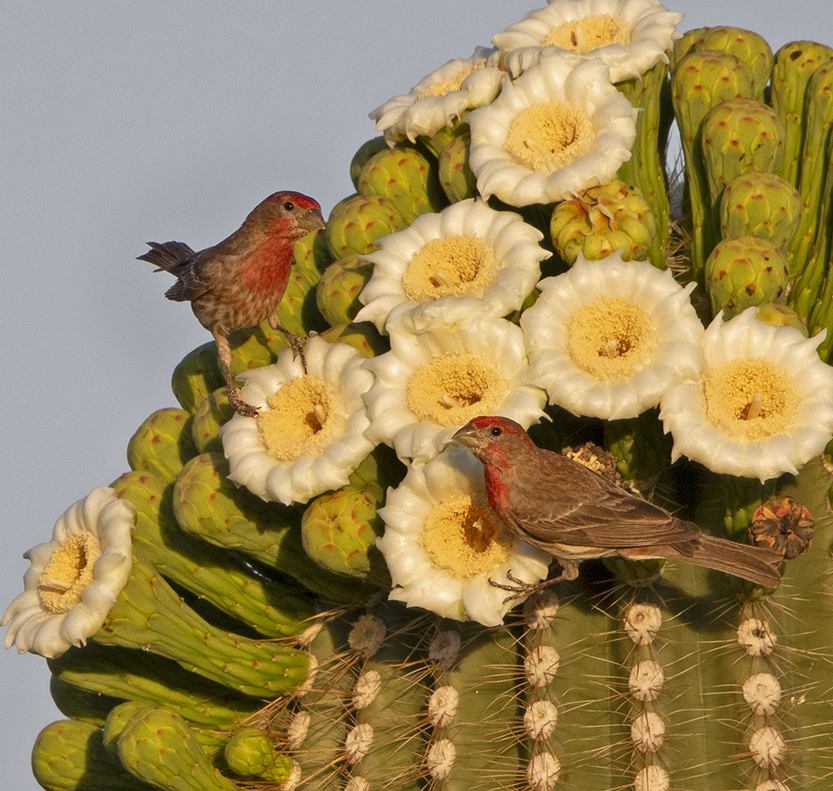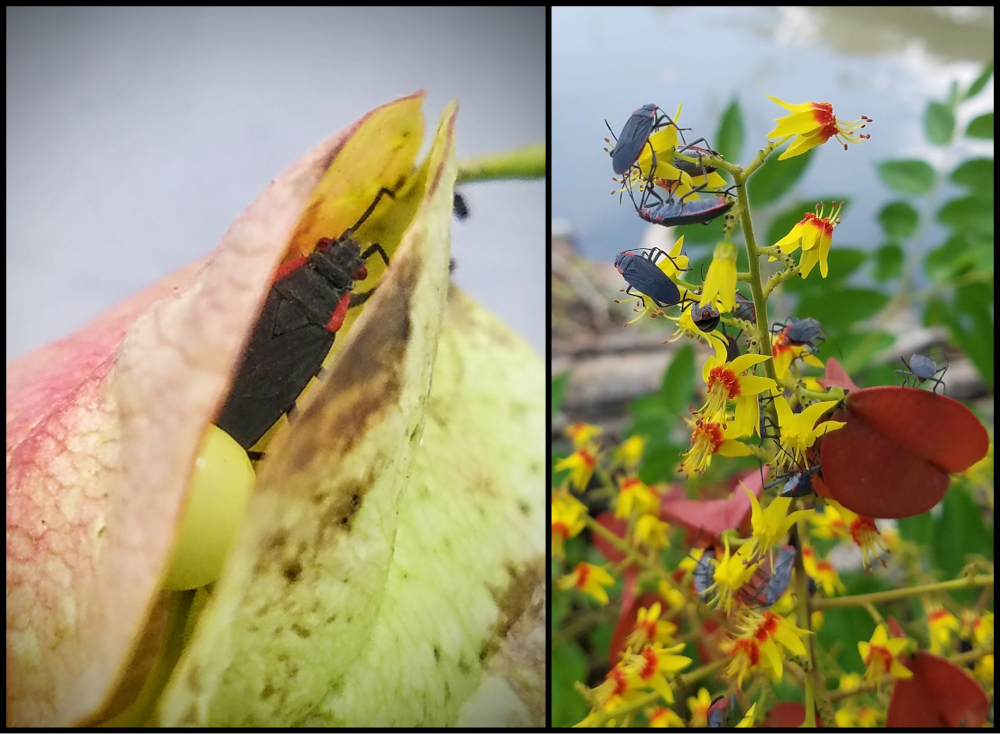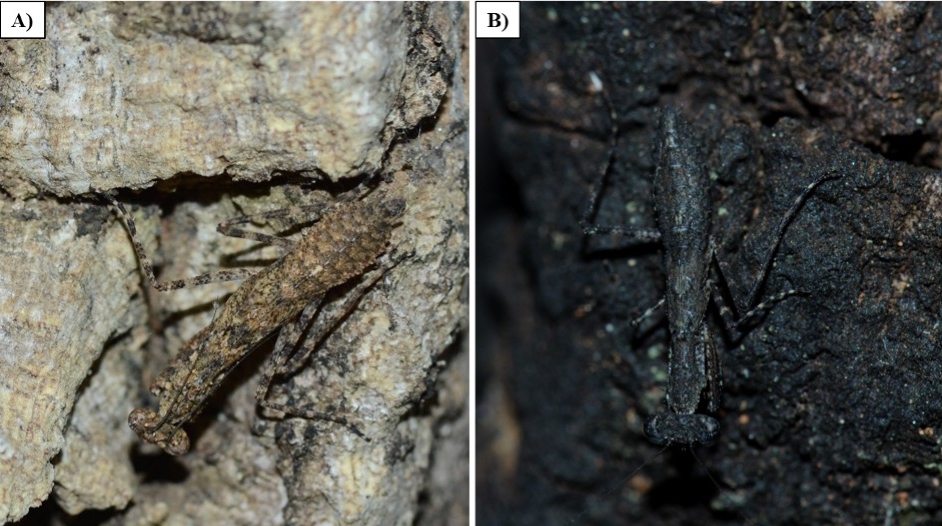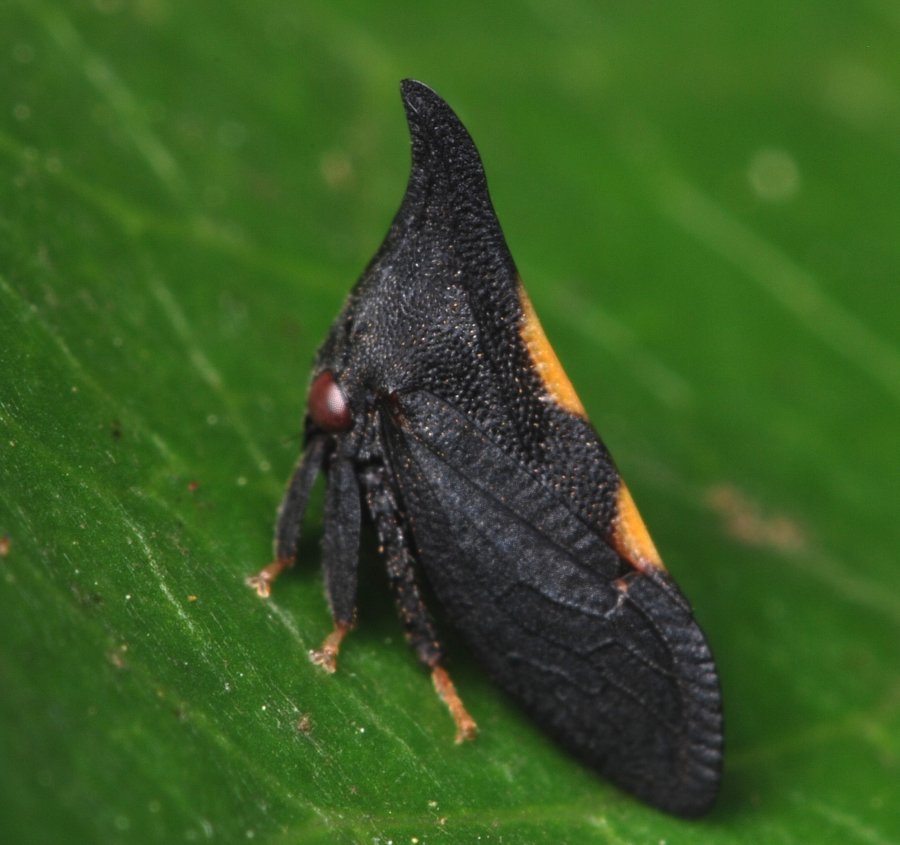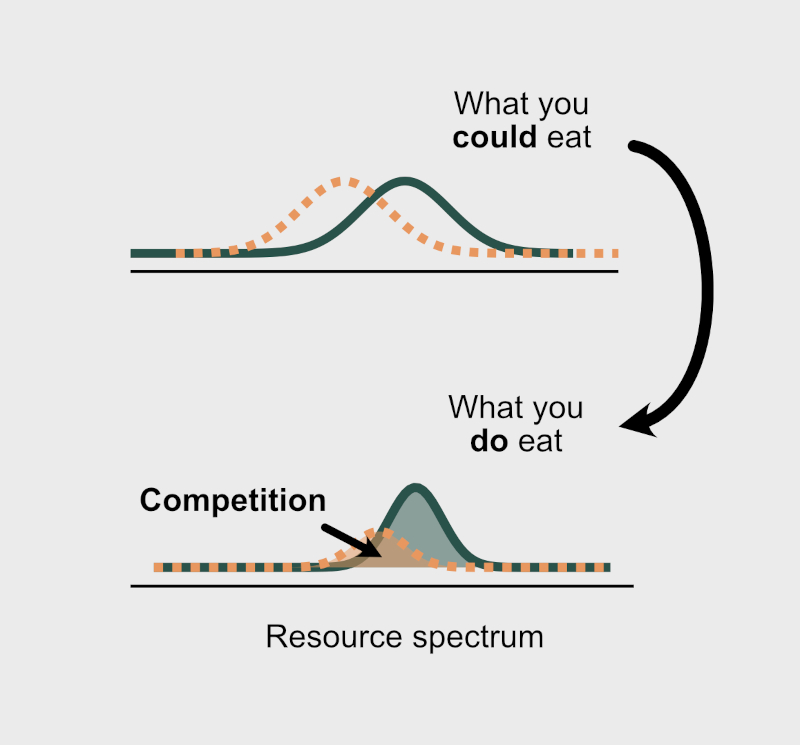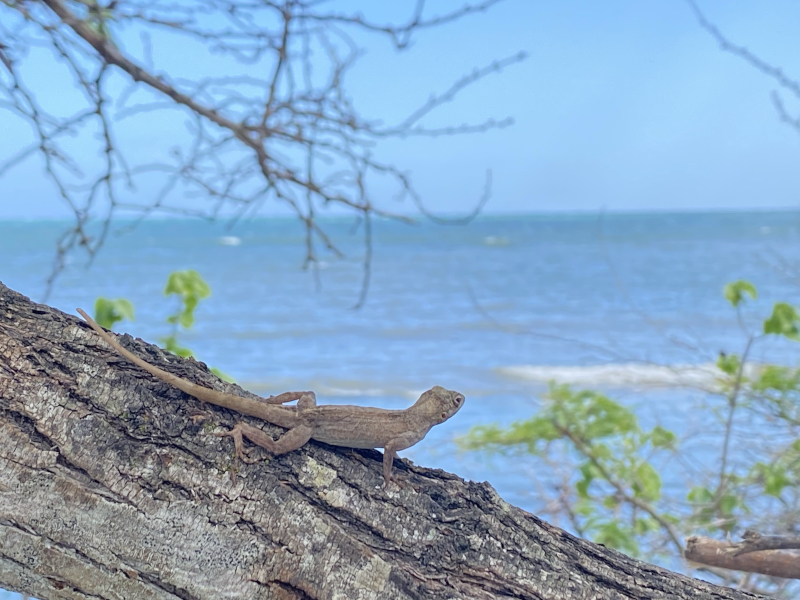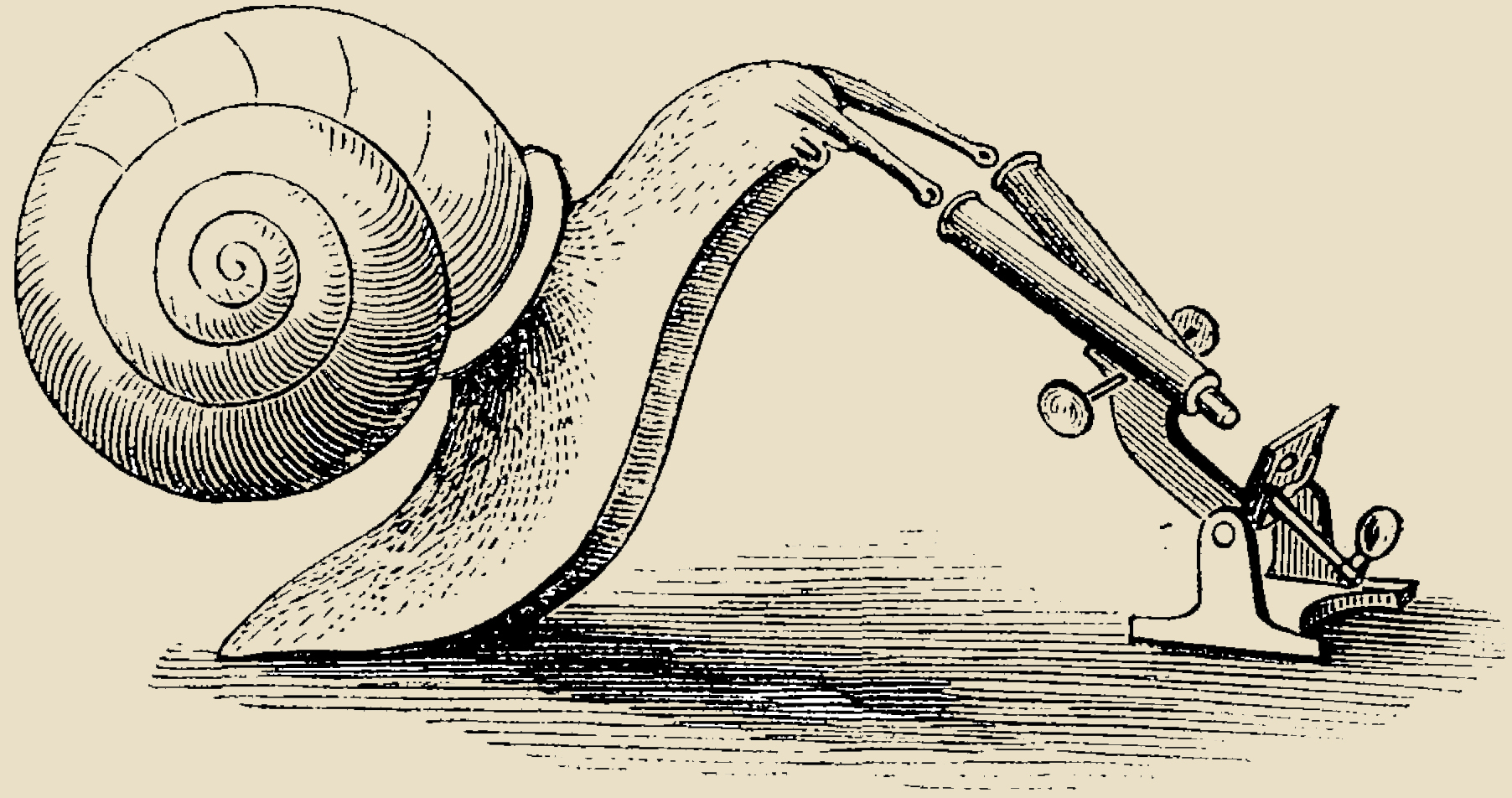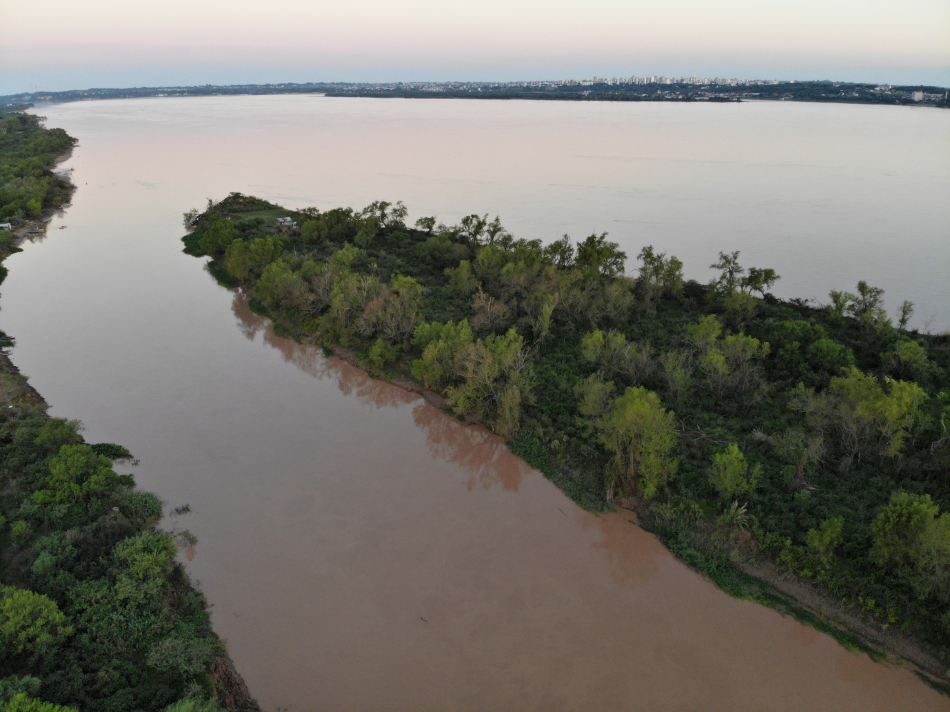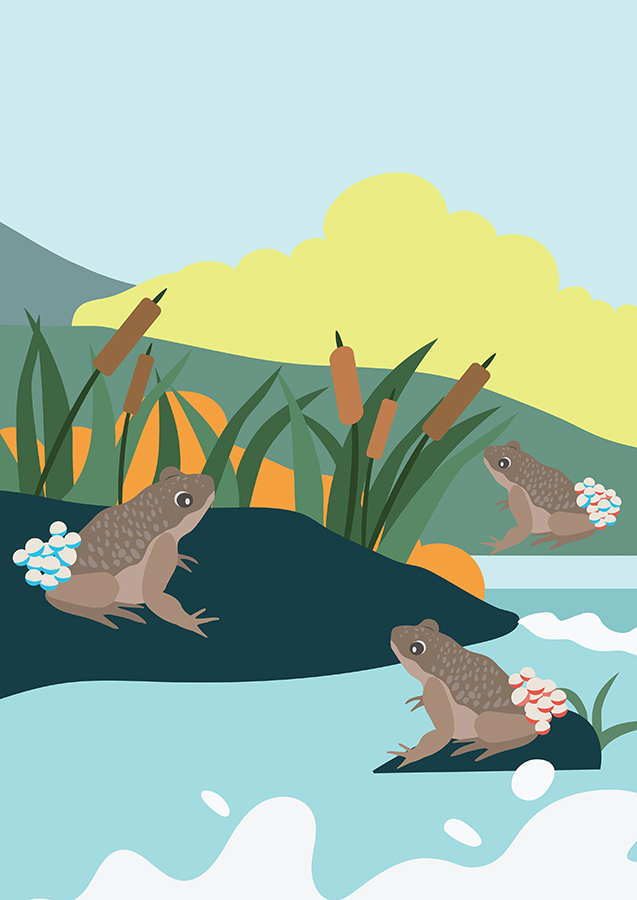Read about “Stronger Historical Contingency Facilitates Ecological Specializations: An Example with Avian Carotenoid Networks” by Erin S. Morrison, Caitlin M. Hill, and Alexander V. Badyaev (September 2025)
Are specializations evolutionary dead ends? Morrison et al. reveal that in bird carotenoid evolution, continuity and stability are two sides of the same coin
Read about “A New Twist on an Old Story: Pollination and Seed Predation in Jadera haematoloma” by Mattheau S. Comerford, Scott. P. Carroll, and Scott P. Egan (August 2025)
Comerford et al. uncover the red-shouldered soapberry bug as the first Hemipteran pollinating seed predator, reshaping our understanding of this guild and its role in evolution and ecological resilience. A discovery bridging natural history and evolution!
Read about “Differential survival and background selection in cryptic trunk-dwelling arthropods in fire-prone environments” by João Vitor de Alcantara Viana, Rafael Campos Duarte, Carolina Lambertini, Felipe Capoccia, Anna Luiza Oliveira Martins, Camila Vieira, and Gustavo Quevedo Romero (December 2024)
Fire events impair animal camouflage. Animals adapt by choosing suitable backgrounds or being polymorphic, reducing predation risks. Our study shows how spiders find the best spots and how grasshoppers and mantises thrive on burned and unburned trunks in a neotropical savanna
Read about “The Means of Signal Divergence Early in a Host Shift” by Rafael L. Rodríguez, Thomas K. Wood, Frank W. Stearns, Robert L. Snyder, Kelley J. Tilmon, Michael S. Cast, Randy E. Hunt, and Reginald B. Cocroft (August 2025)
How do mating signals diverge early in speciation? Experimental host shifts with Enchenopa treehoppers resulted in subtle but non-trivial signal divergence in a few generations. This was fueled by standing genetic variation and plasticity, and unrelated to host specialization
Read about “MacArthur’s Consumer-Resource Model: A Rosetta Stone for Competitive Interactions” by Jawad Sakarchi and Rachel M. Germain (March 2025)
Sakarchi & Germain break down MacArthur’s consumer resource model with insights on the mechanistic understanding and biological intuition of how competition and coexistence operate
Read about “Lizard thermal physiology drives abundance peaks along climate gradients, but only weakly predicts distributional limits” by Zachary K. Lange, Brooke L. Bodensteiner, Daniel J. Nicholson, Gavia Lertzman-Lepofsky, Alexander H. Murray, Edita Folfas, Saúl F. Domínguez-Guerrero, D. Luke Mahler, Martha M. Muñoz, and Luke O. Frishkoff (September 2025)
Read about “The Evolution of Homeothermic Endothermy via Life History Optimization” by Juan G. Rubalcaba (August 2025)
Why do endotherms spend so much energy? A theoretical model shows that species followed one of two possible evolutionary patches: live fast while spending a lot (homeotherms), live slowly and keep your costs low (heterotherms)
Read about “Food Web Structure Mediates Positive and Negative Effects of Diversity on Ecosystem Functioning in a Large Floodplain River” by Dalmiro Borzone Mas, Pablo A. Scarabotti, Patricio Alvarenga, Pablo A. Vaschetto, and Matías Arim (August 2025)
How are diversity, food web structure and ecosystem functioning related? Here Borzone Mas et al. analyze the interrelationship between these three components in predatory fishes of the Paraná River
Read about “Prenatal Cues of Predation Risk Modulate the Lasting Effects of Postnatal Predator Exposure in Gull Chicks” by Susana Cortés-Manzaneque, Sin-Yeon Kim, Jose C. Noguera, Francisco Ruiz-Raya, and Alberto Velando (July 2025)
This study provides strong evidence that prenatal signals of predation risk prepare chicks to cope with predators during their postnatal development, based on findings from a field experiment on the yellow-legged gull
Read about “A Life History Perspective on the Evolutionary Interplay of Sex Ratios and Parental Sex Roles” by Xiaoyan Long, Tamas Székely, Jan Komdeur, and Franz J. Weissing (Feb 2025)
